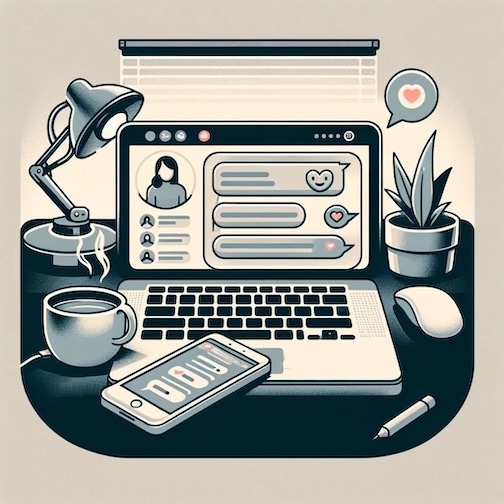Since the debut of Google Glass, concerns about always-on cameras have been a hot topic. Devices like Meta Rayban glasses and the Humane AI pin address some privacy worries with visible ‘recording’ indicators. Still, the ability to quickly snap a picture without consent creates a potential for unease.
Beyond photography, these devices can identify objects and translate text – but what if they could recognize faces and whisper names in your ear? Imagine a world where forgetting someone’s name is a thing of the past. Networking events become less stressful, and chance encounters feel more meaningful. On the flip side, some may find it unsettling – a world where a sense of anonymity is lost, and everyone is constantly ‘scannable.’ Would remembering names be worth this trade-off?
While intriguing, a camera-based system may be off-putting in certain settings or even violate rules. Could a camera-less solution, like the depth-sensing systems found in smart cars and iPhones, gain broader acceptance? Public facial mapping systems for secure ID have seen some adoption. It’s important to emphasize this would have to be an opt-in system, perhaps even incentivizing early adopters. Companies would also need absolute transparency about data usage and offer the ability to completely remove oneself from the system.
Here’s the tech breakdown:
- Depth Sensing System
- Infrared Receiver: Captures the user’s face in infrared.
- Flood Illuminator: Provides infrared light for low-light situations.
- Dot Projector: Creates a detailed 3D map of the face.
- Secure Data
- Mathematical models representing facial data are securely stored and compared for identification. This might require a connected device for processing power.
- Machine Learning
- Algorithms need to adapt to changes in appearance (glasses, makeup, etc.) and work under various lighting conditions and angles.
- Attention Awareness
- Like iPhone’s security, the device could confirm the user is looking at it before acting, ensuring they’re not being scanned from afar.
- Security
- Data must be encrypted and protected. Regular updates of approved face data would be needed, or perhaps secure data exchange could be developed.
This technology is feasible, but would people accept it? The convenience of instant name recall needs to be weighed against potential privacy concerns. Could it even expand to include additional information, like customer status for sales representatives? And what about accessibility? This technology could be a boon for those with visual impairments or memory difficulties.
Please note that if you purchase from clicking on a link, it may result in my getting a tiny bit of that sale to help keep this site going. If you enjoy my work, perhaps you would consider donating to my daily cup of coffee, thank you.






